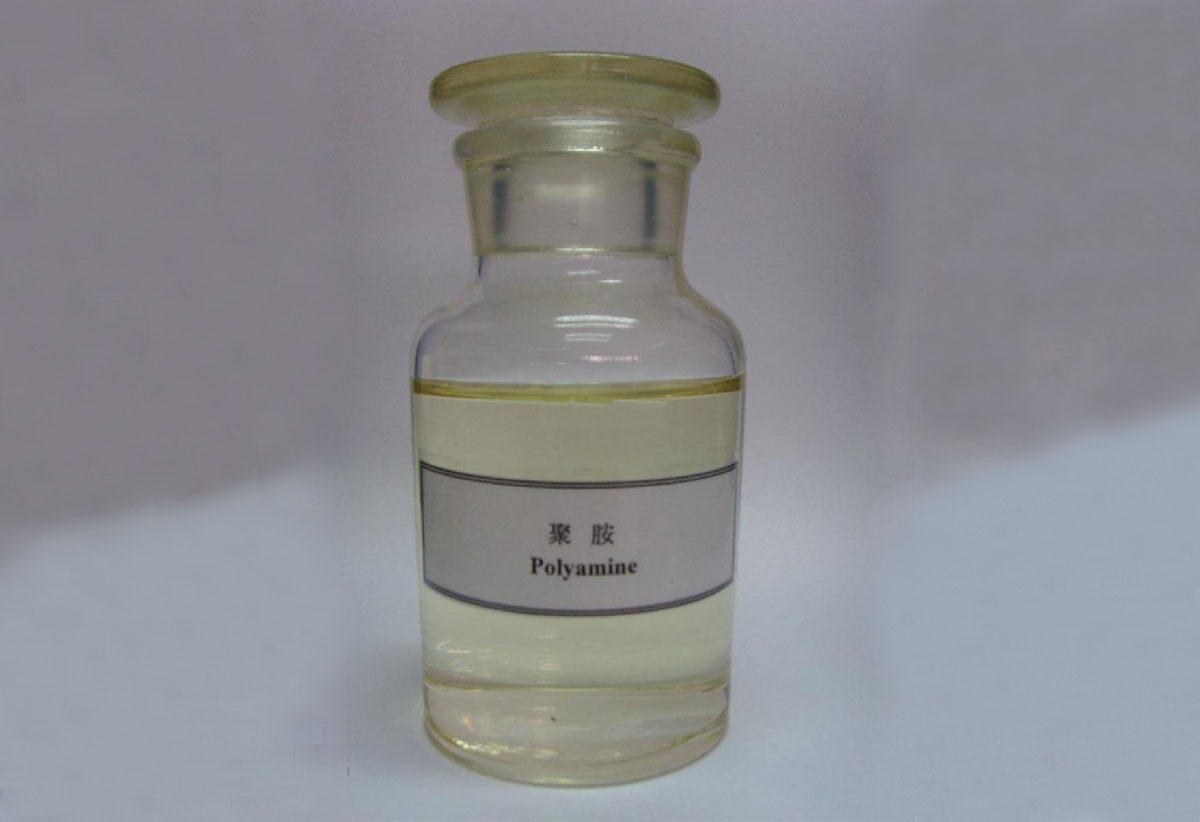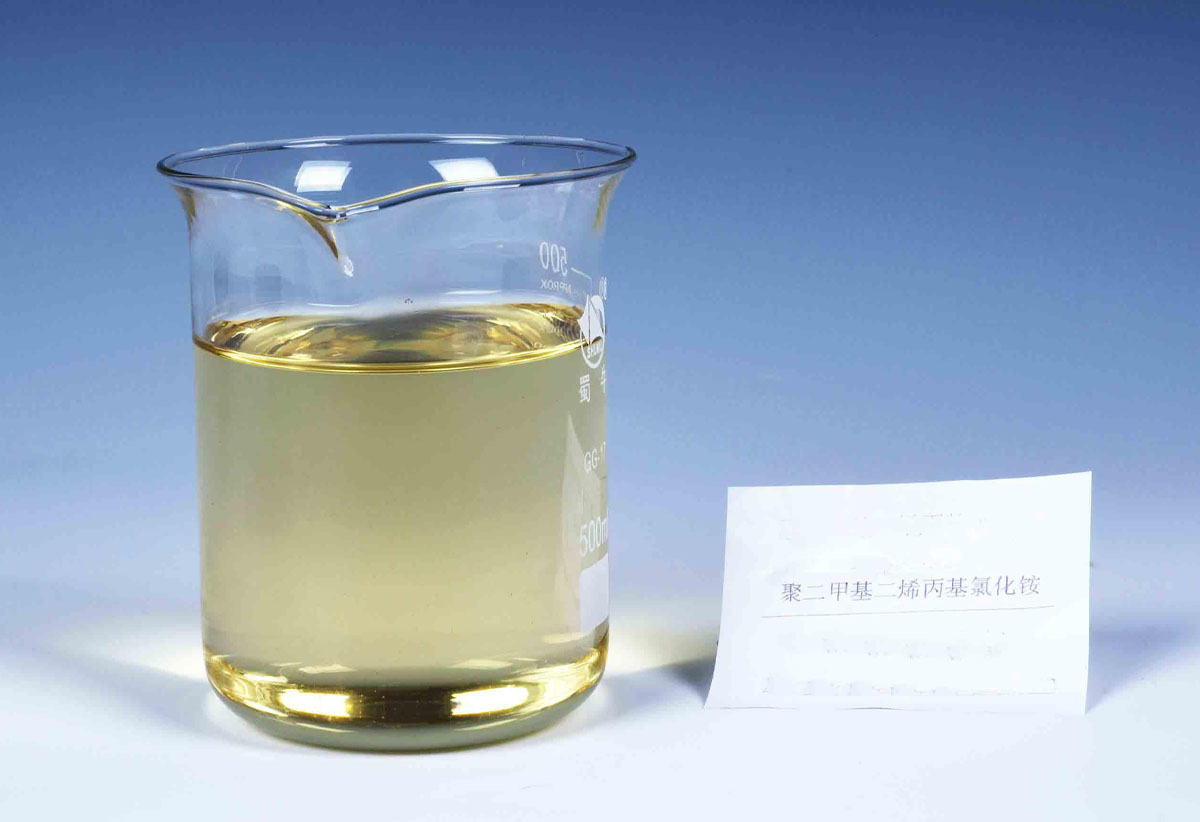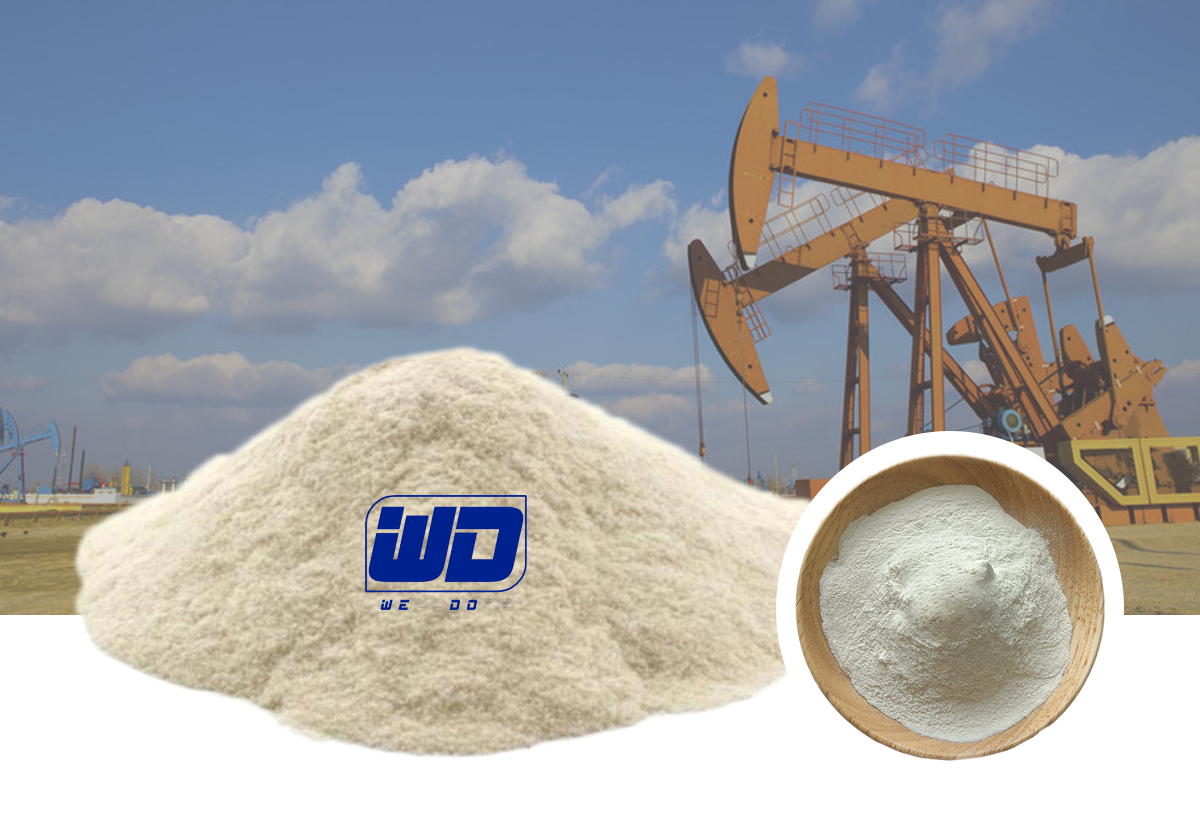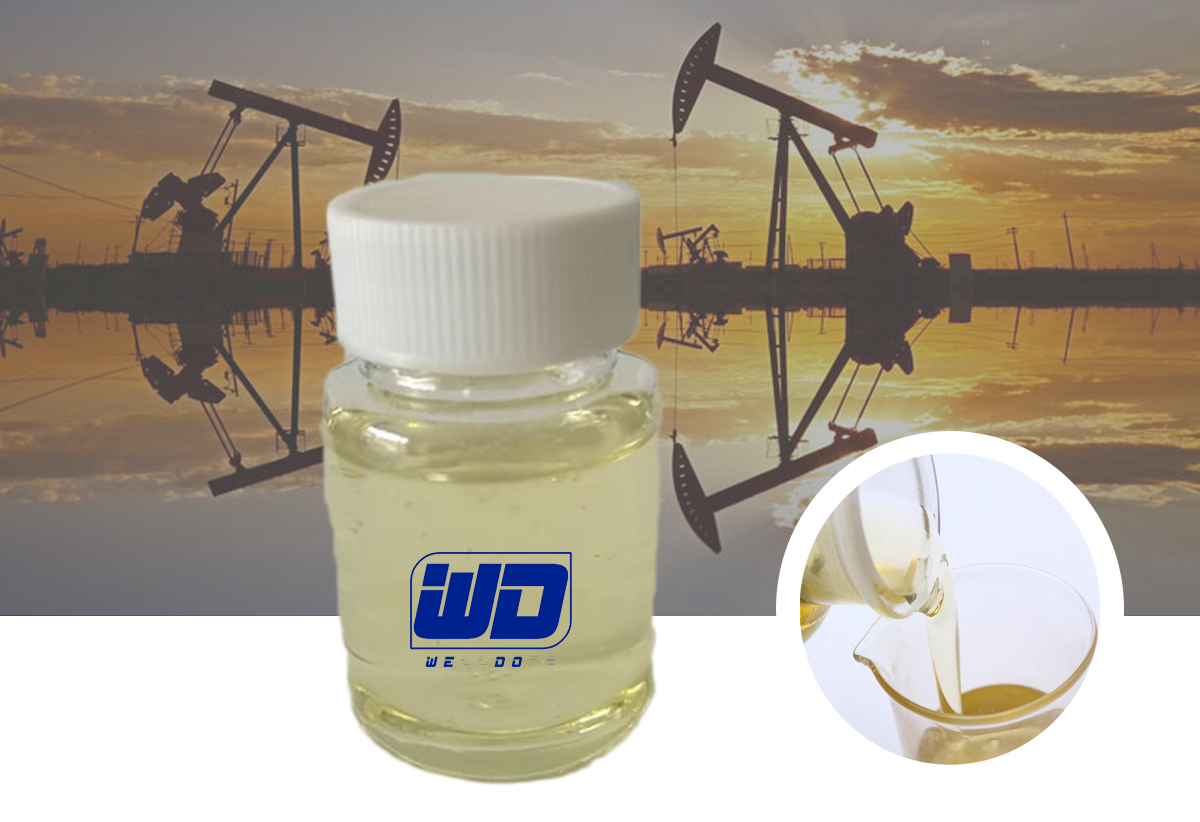🧪 When it comes to the use of anionic polyacrylamide (APAM), Mahalanobis viscosity is one of the important considerations.
Mahalanobis viscosity refers to the viscosity of APAM in solution. Measurement of viscosity can provide information about a solution's fluidity and handling properties. Depending on specific application needs, the Mahalanobis viscosity can be changed by adjusting the molecular weight of APAM.
APAM is widely used as a dispersant, coagulant and suspending agent in many industries, such as water treatment, oil extraction, pulp and paper production, etc. Proper Mahalanobis viscosity ensures that APAM will achieve the desired results in a specific application.
According to different application needs, APAM with different Markov viscosity can be selected. Lower Markovian viscosity is suitable for scenarios requiring faster liquid flow or lower viscosity, while higher Markovish viscosity is suitable for scenarios requiring stronger cohesion or bonding effect.
Therefore, it is important to consider the Mahalanobis viscosity when using APAM. Be sure to select the correct Mahalanobis viscosity for your specific application and use APAM correctly in accordance with the manufacturer's recommendations and operating instructions. ☝️😊











